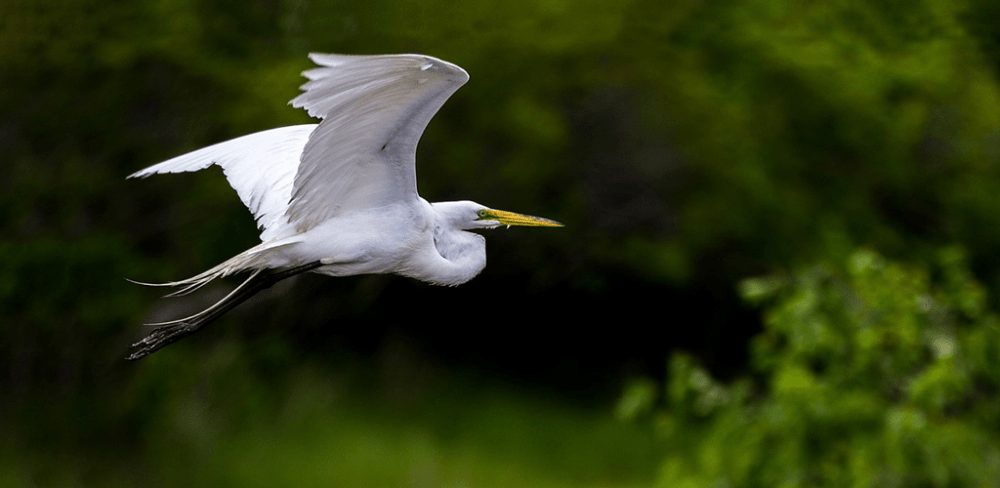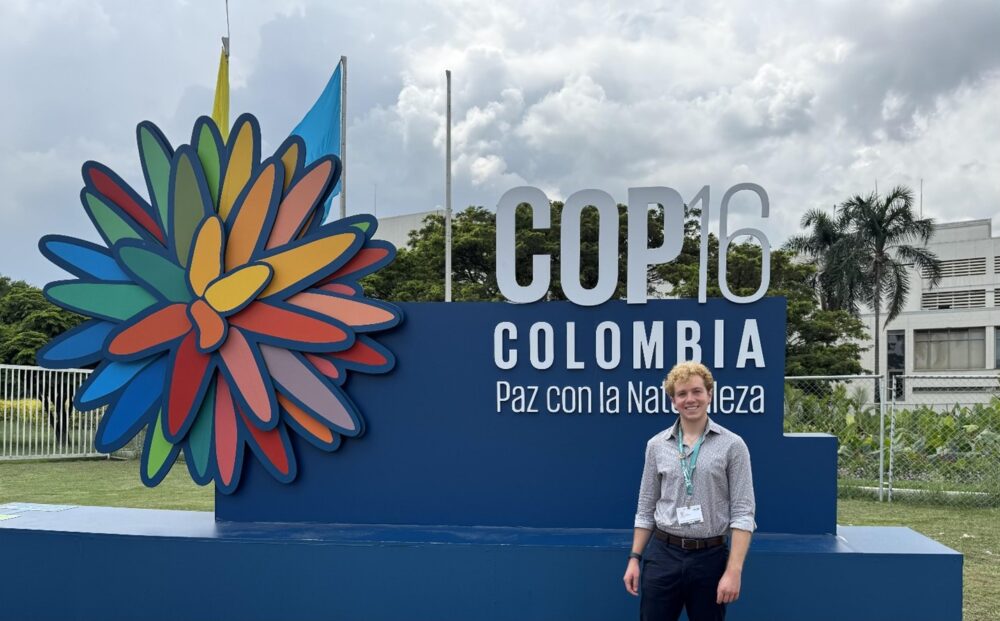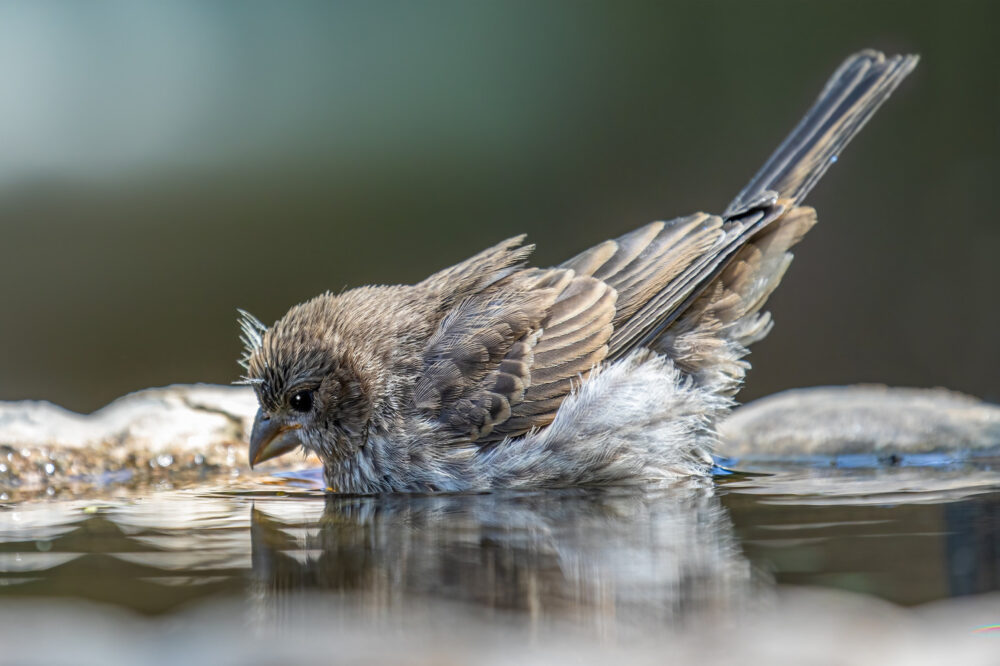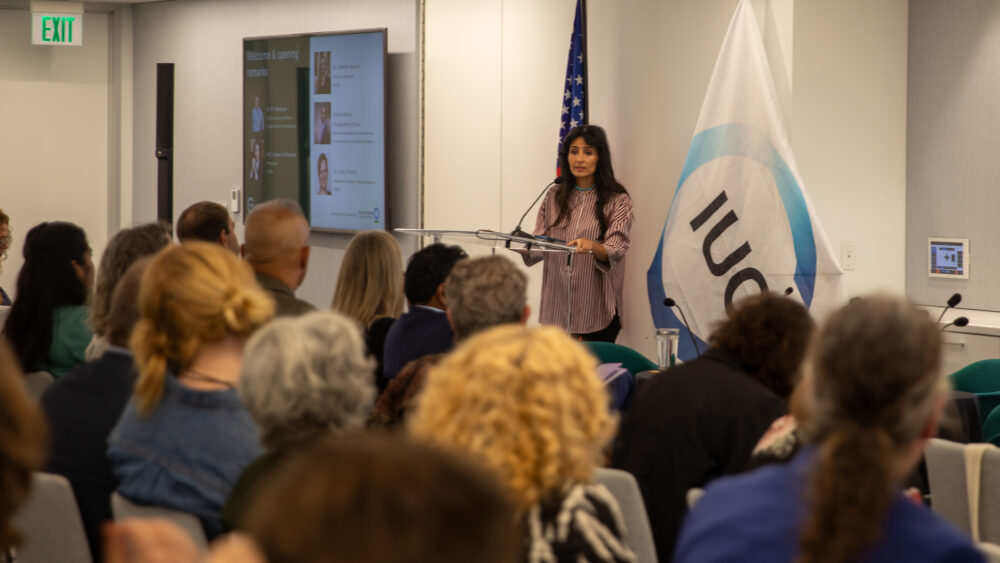We have much more to do and your continued support is needed now more than ever.
Monarch Conservation is a Cultural Issue, Too
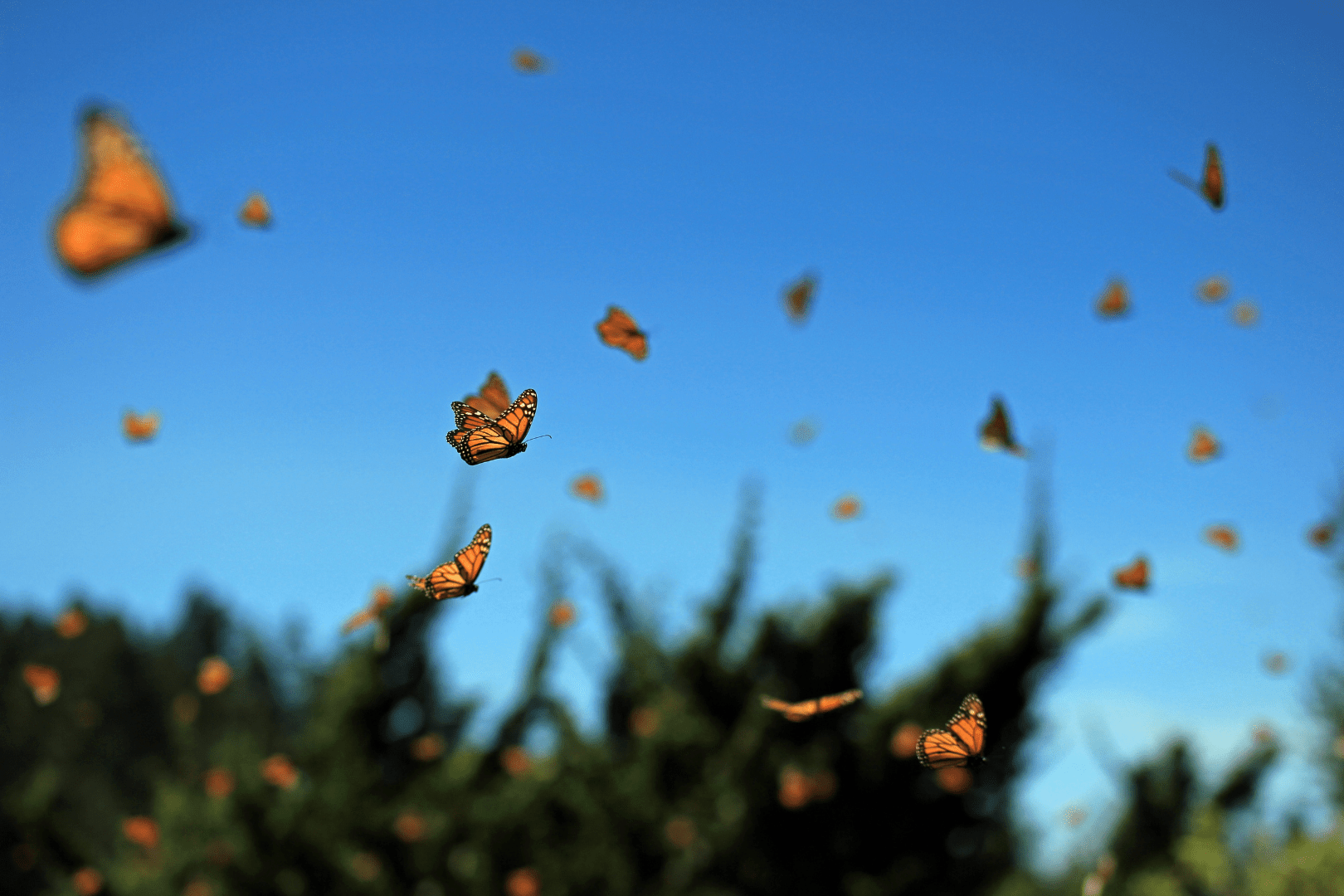
Haga Clic Aquí para Leer esta Página en Español »
Conservationists from Mexico, the U.S., and Canada are working tirelessly to save the migratory monarch butterflies . But monarchs are a special part of the Mexican culture, too — and saving the monarchs also means preserving their important place in Latine heritage. One reason monarchs are important to cultural conservation is because of their historic connection to the Mexican holiday Día de Los Muertos (Day of the Dead).
Monarch Butterflies and Día de Los Muertos
After making their long migration journey south during the fall, all eastern and western migratory monarchs arrive at their overwintering sites in South-Central México. Día de Los Muertos (Day of the Dead), celebrated November 1st and 2nd, amazingly coincides with the arrival of monarchs in México. During this holiday, families set up ofrendas (home altars to honor their loved ones who passed), often using monarch-themed items to decorate the ofrendas.
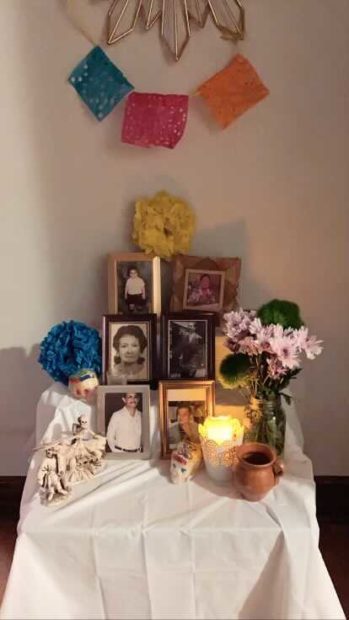
Photo of an altar celebrating Día de Los Muertos by Amy Dominguez.
Read more about celebrating the monarch butterfly in México.
Monarch Migration: A Symbolic Journey
Monarchs have an internal “compass” that points them in the right direction to migrate, even though the individuals have never made the journey before. Every year, the fourth and sometimes the fifth generation of the migratory monarch travels over 3,000 miles to reach the overwintering grounds. The monarch migration is recognized worldwide as one of the greatest phenomena in the natural world!
The journey monarchs make is symbolic to many people within Latine cultures, since monarchs fly across borders and call many locations home through the generations just like people. This story of transnational migration, adaptability, and community is special, and one that resonates with many individuals and has become a symbol of immigration, many times expressed through art.
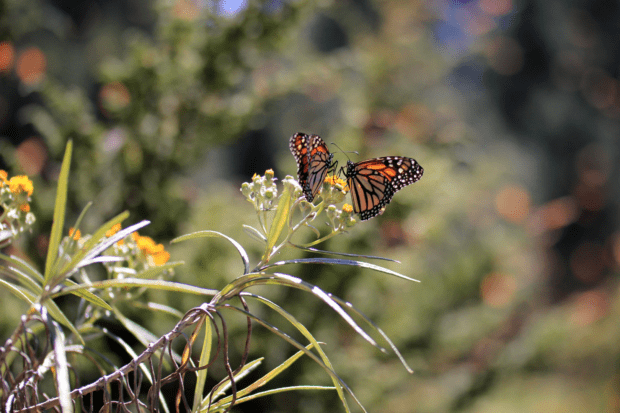
For all their majesty, monarchs are in danger. Threats like native habitat loss, climate change, and heavy use of pesticides have influenced monarchs’ population decline. You can protect monarchs by planting native milkweed, the only larval host plant for the monarch, and native nectar plants that bloom throughout the seasons for monarchs to feed on in the breeding grounds and during their migration journey.
Learn more about how to help protect monarchs from home.
Every year, millions of monarch butterflies make their way South to the Monarch Butterfly Biosphere Reserve, their overwintering home located in the State of México and Michoacán, in South-Central México. This gathering of monarchs is an astounding sight. However, the Reserve is also a site of mourning, as environmental activists, like Homero Gómez González have lost their lives protecting the remaining native forest and the monarch butterflies. Read more about Latin American environmental defenders.




